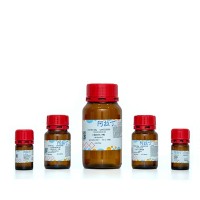PCR-Derived Methods for the Identification of Trichinella Parasites from Animal and Human Samples
互联网
559
Trichinella worms (family: Trichinellidae; phylum: Nematoda) are parasites that mainly infect mammals, including humans, although they have been found in birds and, recently, in African crocodiles (1 ,2 ). The main reservoir is represented by carnivores with cannibalistic and scavenger behavior. These parasites are widespread on all continents but Antarctica, from frigid to torrid zones. The main distinguishing feature of their life cycle is that two generations occur in the same host. The first generation (from L1 larva to adult) is present in the gut and the second generation (from a newborn larva of 80 μm in length to an infective larva of 0.6-1.0 mm in length) is present in the cell of striated muscles that is modified by the larva (referred to as the nurse cell) (3 ,4 ).









